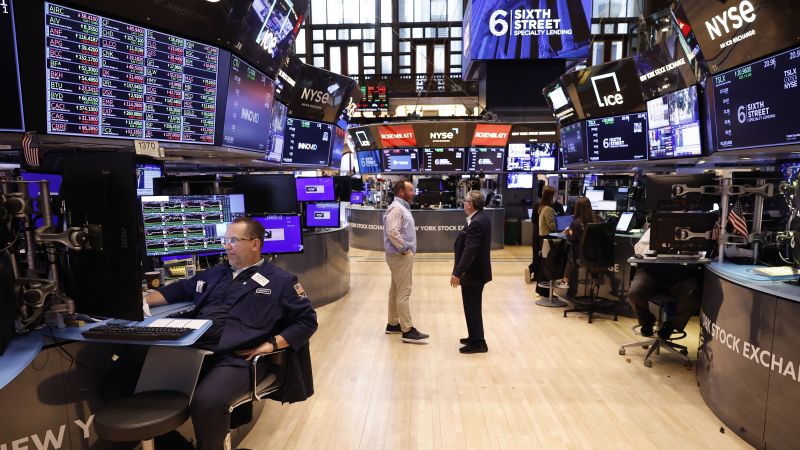The month of May typically marks the start of the “sell in May and go away” season on Wall Street, where investors are advised to sell off their equity holdings and re-enter the market in November. The historical tendency of stocks to underperform between May and October compared to the November to April period has popularized this adage. However, not everyone is convinced that this strategy is foolproof, as some traders warn that trying to time the market rarely works and that the selling in May approach may be outdated.
The recent struggles in the stock market, with all three major indexes experiencing declines in April, have added to the uncertainty surrounding the sell in May strategy. The Dow Jones Industrial Average fell 5% in April, while the S&P 500 and Nasdaq Composite also saw declines. However, dismissing the market entirely before the summer season may not be the best course of action, as historical data suggests that stocks tend to perform well during the summer months, particularly in presidential election years.
One of the main concerns for traders on Wall Street is the persistent inflation that has delayed anticipated rate cuts. While traders now expect the Federal Reserve to cut rates once or twice in 2024, the strong performance of the economy, solid labor market, and robust earnings growth from companies are seen as positive indicators for stocks. Some investors believe that despite the delayed rate cuts, as long as the economy and consumer spending remain strong, early rate cuts may not be necessary.
The Federal Reserve’s decision to hold interest rates at their current levels, despite hotter-than-expected inflation data, has further complicated the outlook for rate cuts. Officials have emphasized the need for more progress in controlling inflation before lowering borrowing costs, leading to speculation about the timing of the first rate cut. Additionally, the Fed announced plans to shrink its balance sheet at a slower pace, indicating a cautious approach to managing the economy in light of inflation concerns.
Tesla’s unexpected decision to fire the team running its electric vehicle charging business has raised questions about the future of its charging network, which is one of the largest in the US. The layoffs, confirmed by Tesla employees on social media, have sparked concerns about the impact on EV adoption, as the charging infrastructure is a crucial factor for consumers. Tesla’s “Supercharger” network has been a significant selling point for its vehicles, but the recent changes may have implications for the company’s competitors as well. Other carmakers, such as General Motors and Ford, have also expressed interest in using Tesla’s charging network.













